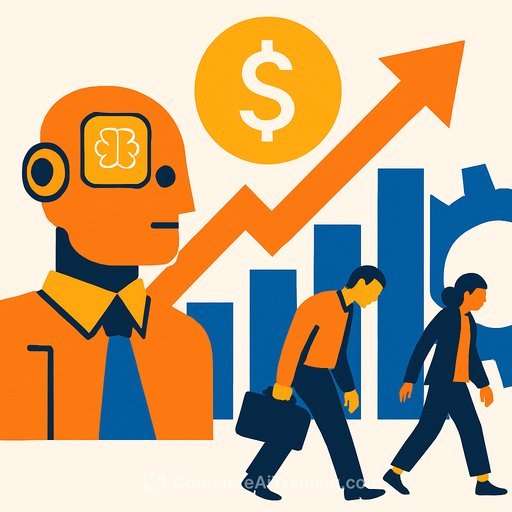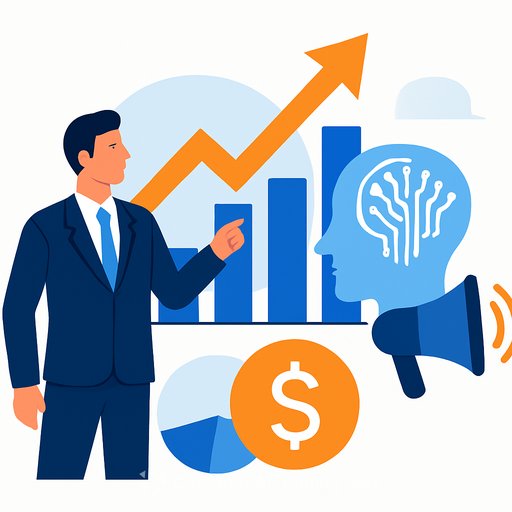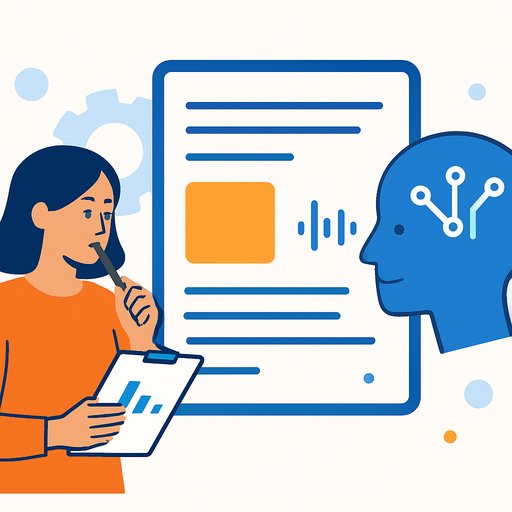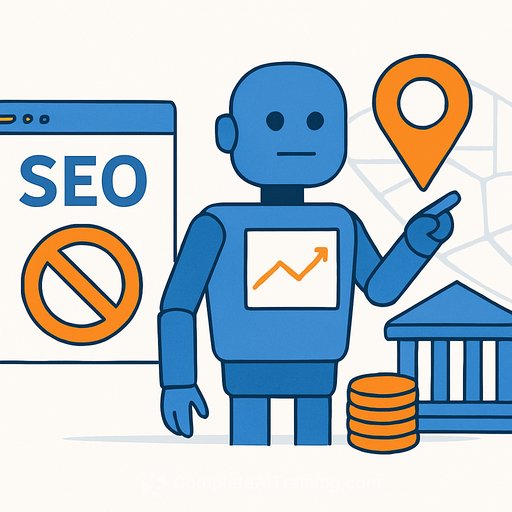Is Marketing in a State of Cognitive Dissonance Over AI?
AI is forcing a hard split in the industry's mindset. On one side: cost-cutting, productized services, and forecasts of job losses. On the other: sharper work, faster cycles, and smaller teams punching above their weight.
Forrester projects significant staff reductions across marketing through 2026, while some leaders claim they'll "double profits and halve the people." That's the tension: efficiency promises against the fear of losing what makes this business human.
What leaders are actually saying
- Toby Strangewood: Some companies are using "AI" as cover for cuts. The real shift is split between efficiency gains and output quality. Humans still need a seat at the top of the stack - upskill or get automated.
- Josh Clarricoats: Small shops can win lean work, but every layoff is a person. The edge is simple: be 1% better than the AI sausage machine.
- Jef Loeb: After the hype (and likely a crash), the winners will be creative minds using better tools - not agencies pretending to be tech companies.
- Lexi Coulter: Fewer generalist entry roles ahead; more focus on strategic thinkers who are AI-savvy.
- Anton Jerges: Experiential is growing; AI is boosting efficiency, but headcount still grows - with AI-literate hires.
- Sam Fresco: Busywork gets squeezed first; humans still matter for creative direction and strategy. Productization sounds neat; reality is messy.
- Mike Hayward: Chaos is the baseline for the next few years. For capable teams, AI is a tool, not a threat. Entry-level roles are most exposed.
- Barney Worfolk-Smith: The industry moved from hype to work. Less pep talk, more building. Pragmatism wins.
- Eric Perko: AI helps smaller firms compete with big ones by stripping out tedious work and focusing on the right people.
- Will Glynn-Jones: Mood swings are normal. Uncertainty slows decisions. AI brings upside for tech-led teams; others feel the squeeze.
- Ian Henderson: Automate low-value tasks, augment high-value work, and double down on empathy and original thinking.
- Simon Spyer: The real story isn't cheaper - it's better. Move the conversation from efficiency to effectiveness and outcomes.
- George Sanders: Many will try replacing people with tools, then circle back when results underwhelm. Creativity and context still differentiate.
- Tom Stone: Savings only matter if reinvested in training. AI can't read culture like a human. Markets in the UK/EU show fresh momentum.
What this means for agency models
AI is speeding up production, research, asset versioning, QA, and analytics. It's changing job design, not just job counts. Entry-level, generalist tasks get automated first; strategic, client-facing, and creative leadership get more leverage.
Expect more productized offers, more software in the stack, tighter teams, and new pricing models. Experiential and brand experience remain resilient, with steady growth signals from reports like the IPA Bellwether (source). Meanwhile, workforce forecasts from firms like Forrester keep leaders sober about the next 12-24 months (source).
A practical playbook for 2025-2026
- Redesign roles: Split work into automate, augment, and human-only. Kill low-value manual tasks. Protect discovery, strategy, and concepting time.
- Reprice your value: Bill for outcomes and IP, not hours saved by tools. Package strategy, insights, and brand systems.
- Invest in AI literacy: Train every role on prompts, QA, data hygiene, and tool limits. Make "human-in-the-loop" your default.
- Fix the entry-level gap: Replace lost "busywork" apprenticeships with structured rotations, shadow briefs, and portfolio sprints.
- Ship faster, measure better: Use AI to shorten cycles, then judge by effectiveness - lift, ROAS, LTV - not just throughput.
- Build an experimentation cadence: Weekly pilots, monthly retros. Keep what compounds; drop what doesn't.
- Guardrails first: Set rules for data use, client IP, synthetic media, and disclosure. Bake in legal review and bias checks.
- Tighten vendor sprawl: Pick a core stack. Standardize prompts, templates, and workflows. Reduce tool-switching.
- Upskill creators: Give art and copy teams AI for reference, iteration, and versioning - without outsourcing taste or judgment.
- Scenario plan headcount: Model 10-20% shifts in demand. Use contractors and studios flexibly. Protect your A-team.
- Sell the new story to clients: Show how speed funds more testing, which improves outcomes. Share case studies quickly.
Where optimism is justified
AI gives talented people more surface area: more ideas tested, more versions explored, more insights surfaced. Small teams can chase bigger problems without bloating headcount. Experiential and brand-building still reward human taste and live connection.
The risk is pretending tools replace taste, context, or culture. They don't. The advantage goes to teams that prune busywork, train hard, and keep creative judgment at the center.
The bottom line
Yes, there's cognitive dissonance - hope and dread in the same meeting. That's fine. What isn't fine is waiting. Strip the fluff, codify your workflows, and make AI literacy a requirement. Keep people at the top of the tech stack, or the stack will decide for you.
Need to upskill your team?
Build practical AI skills for marketers with focused training and certifications: AI Certification for Marketing Specialists and AI courses by job role.
Your membership also unlocks:






